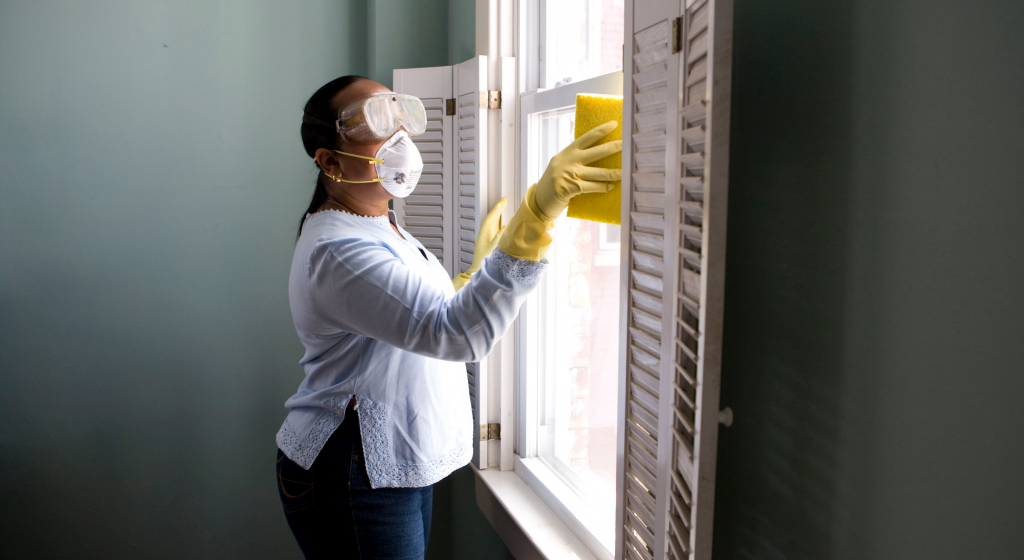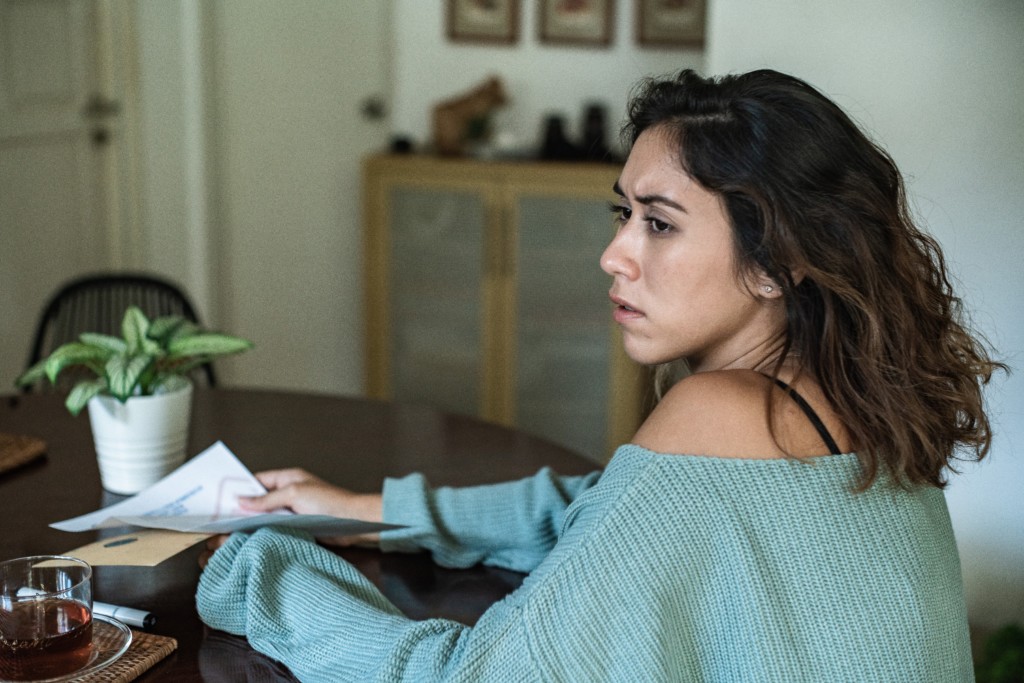What should you do if you, your child, your partner, or anyone in your household has a direct exposure to coronavirus? That’s an official way of asking what raced through my mind when I opened the email with a subject line that read: “URGENT COVID-19.” The email informed me that both my children two days prior were directly in contact with a person infected with coronavirus — their swim teacher. I suddenly had questions.
Since that time, more people shared a similar story: relative from a birthday party was positive, neighbor is positive, co-worker is positive, and so forth. I figured if I had the question — what do I do next? — then many other mamas were thinking the same thing.
Fort Worth Moms asked Dr. Bryan Youree, a local infectious disease physician, all our questions in hopes this information will serve you well if you should need it (but we hope you don’t find yourself in this situation). Follow the Texas Center for Infectious Disease Associates for local updates on the spread and treatment of COVID-19.
 What is a direct exposure?
What is a direct exposure?
A direct exposure is an exposure with an infected person that is less than six feet from you for more than 15 minutes. An infected person is someone whose viral infection is anywhere from two days before the onset of COVID-19 symptoms or confirmed laboratory diagnosis all the way until he or she has been cleared by the local health department.
What should you do if you or someone in your home experienced a direct exposure?
Stay home for 14 days after the last exposure and maintain social distance (at least six feet) from others at all times. Yes, this means no working outside of the home, no leaving your home, and no people, who are not part of your household, entering the home. Self-isolating for 14 days is the best way to contain potential spread. Other to-dos include washing hands regularly and covering sneezes and cough. If possible, wearing a face mask within the home may be needed if there is another high-risk person at home. Specifically, avoid contact with people at higher risk for severe illness from COVID-19.
If the infected person is wearing a face mask, the risk of transmission decreases anywhere from 44 to 80 percent. Rates of transmission decrease the most when an infected person is wearing an N-95 mask followed by surgical masks and then by cloth masks. However, for the general public, frequently cleaned cloth masks combined with social distancing at six feet or more greatly decreases the risk of transmission.
As parents, these action items can be difficult depending on the ages of your kids. If a child is the one with an exposure, you follow the same protocol as listed above. If possible and if the child is old enough, he or she should isolate as much as possible within the home. At this time, analytics show less than two percent of confirmed cases are in children under 18. Up to 13 percent are asymptomatic.
This is also very difficult if the primary parent is the one exposed to the virus. If a parent has been exposed, wearing a face mask at home may be your best bet to decrease risk of transmission if you are unable to isolate and have another adult take on primary parental duties.
If no isolation takes place, and the exposed person develops COVID-19, other family members will have to quarantine at home until two weeks after last symptom in the infected person.
When should I seek testing?
Getting tested for coronavirus before you are symptomatic could miss an infection during the incubation phase. If you get tested after an exposure when you have no symptoms, keep in mind that a negative test does not necessarily mean you have not been infected as you could still be in the incubation period. Self-monitor for symptoms by checking your temperature twice a day and watch for fever, cough, or shortness of breath, or other symptoms of COVID-19.
If you develop symptoms after exposure, you should get tested.
If you have additional questions, contact your general physician, consult the latest from the Center for Disease Control and Prevention, or Texas Centers for Infectious Disease Associates.












